Spanish Jamon and Italian Prosciutto are meat delicacies made from dried pork hind legs. In Spain, the front leg has another name and is never confused with Jamon.
At first glance, to the inexperienced eye, they may look the same, but in fact, Jamon and Prosciutto are quite different.
First of all, it should be borne in mind that Jamon has different varieties depending on the breed of the pig, the food it has eaten and how old it is. It's done in several phases, by first wrapping the ham in salt for 2-3 months, which will absorb moisture from the meat and protect it from bacteria.
When it comes to prosciutto, the variety is determined mainly by the area from which it originates.
We will highlight the main differences between Jamon and Prosciutto, although in fact, the topic is quite broad.
To be precise, we will have to distinguish between the two main types of Jamon - Iberico and Serrano and compare each of them with Italian Prosciutto.
Jamon Serrano is prepared from the same breeds of pigs as Prosciutto - white breeds such as Large White, Landrance, Duroc, so they look quite similar, with the difference that Prosciutto is more pink in color and more moist than Jamon, with a slightly sweeter taste.
This comes from the preparation and maturation process, as well as what the pigs are fed. Hence the differences in color, taste and texture. In one case, the animals are given a leftover product from the making of Parmesan, a type of whey, hence the nutty flavor of Prosciutto. When it comes to Jamon Serrano, it is done mainly with cereals.
The time needed to mature is almost similar - from 9 months to 2 years, but there are differences in salt - dry sea salt is used for Serrano and wet salt is added to Prosciutto. They stay wrapped in salt for 2-3 months, after which in the first case the pork leg is washed with hot water, dried and left to mature, hooked in special bodegas with strictly controlled humidity and temperature. In the second case, the Italian Prosciutto is often left out in the open.
Another difference between Jamon and Prosciutto is that in the Spanish delicacy, if the meat is deboned, it happens at the end of the process, while for the other - before it starts to mature. There are always exceptions, of course.
Most sensitively, however, we can distinguish Prosciutto from Jamon Iberico, named after the breed of the same name - an exclusive species of pigs, most often distinguished by the black hoof of the animal (pata negra) and the valuable quality to filter fat in the muscles. This unique breed inhabits and originates from the so-called Peninsula Iberica in Spain and Portugal. The animals themselves are raised freely in the mountains and usually their main and in some cases the only food are acorns.
The most valuable is considered to be Jamon Iberico from bellota - acorn. The meat of such a pig is extremely tasty and tender and Jamon is a real gourmet product with a strong aroma of nuts and acorns. There are three types of Iberico, but this is the subject of another conversation.
The color of Jamon Iberico is burgundy red, unlike the pink and moist Prosciutto - here even the most inexperienced eye will distinguish the two products.
While the Italian delicacy is often used for cooking, as an addition to pasta and salads, for example, Jamon Iberico is served mainly on its own with a glass of wine. It is a finished product in itself and it is a crime to heat or mix it with other dishes. This is only possible with Serrano and the less mature varieties.
Jamon Iberico in most cases is not deboned after it is ready for consumption (after 3 years of maturing), and it is not recommended to cut with a machine, but by hand after it is placed on a stand and a sharp special knife is used. The thinner it is cut, the better, so cutting is considered a skill and not everyone can master it.
It is served in smaller fine pieces and on its own, while Prosciutto is served in long strips.
If you just see two meat thighs - one Prosciutto and the other Jamon Iberico, and without being cut, you will differentiate them in that moment, not only, because of the color of the hoof we talked about, but also in size. The thighs of white breeds are always bigger and thicker.
Whether we choose Prosciutto or Jamon, we will win in both cases, because both are distinguished by their unique taste and texture.
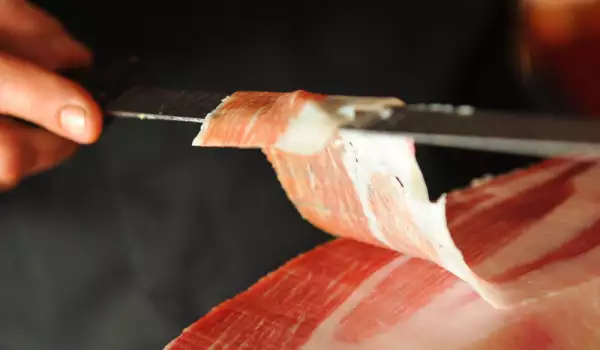

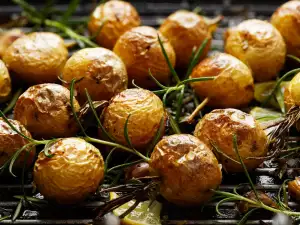


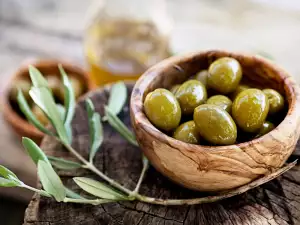
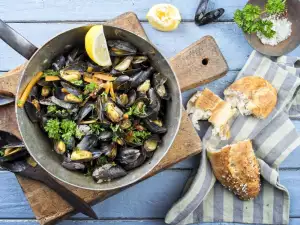
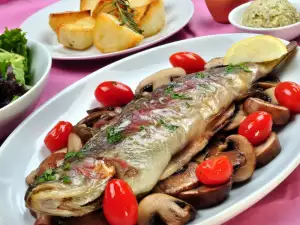
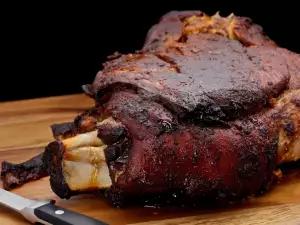
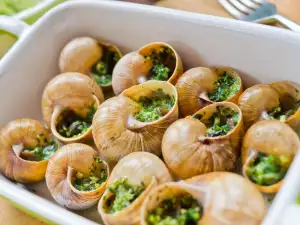




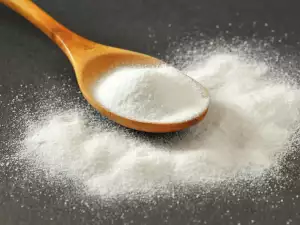




Comments